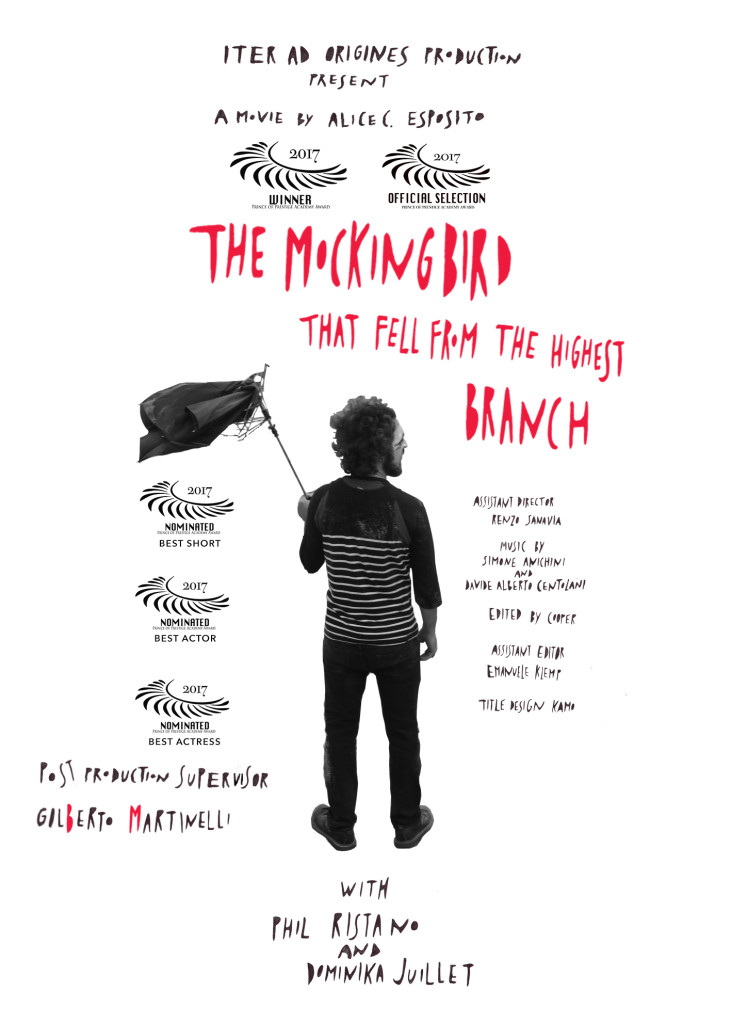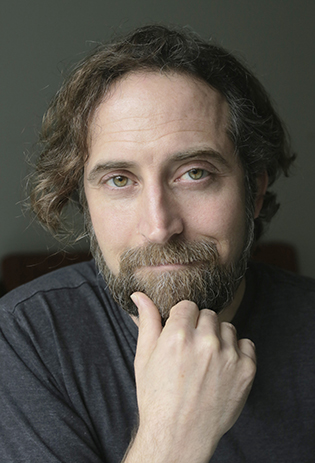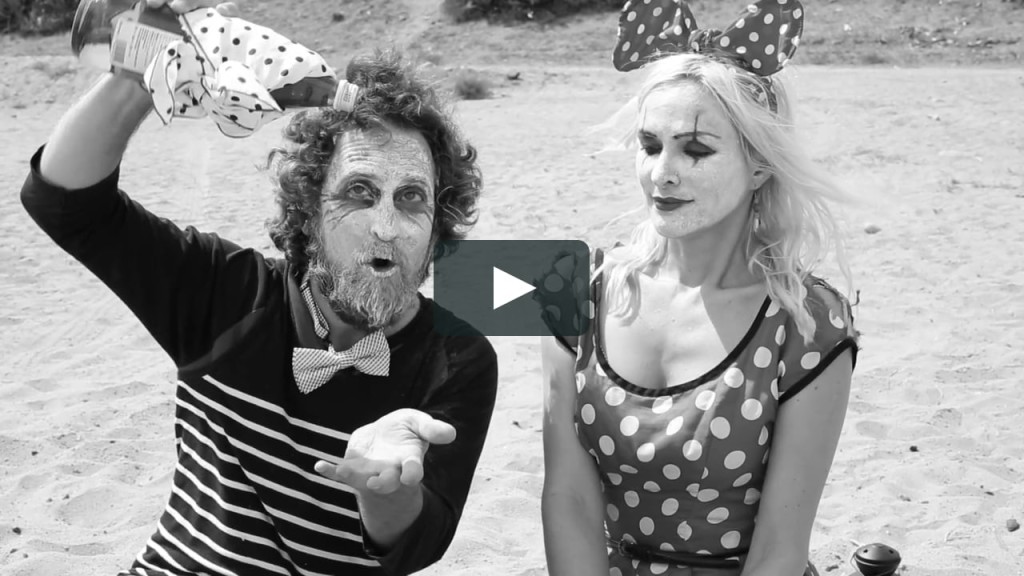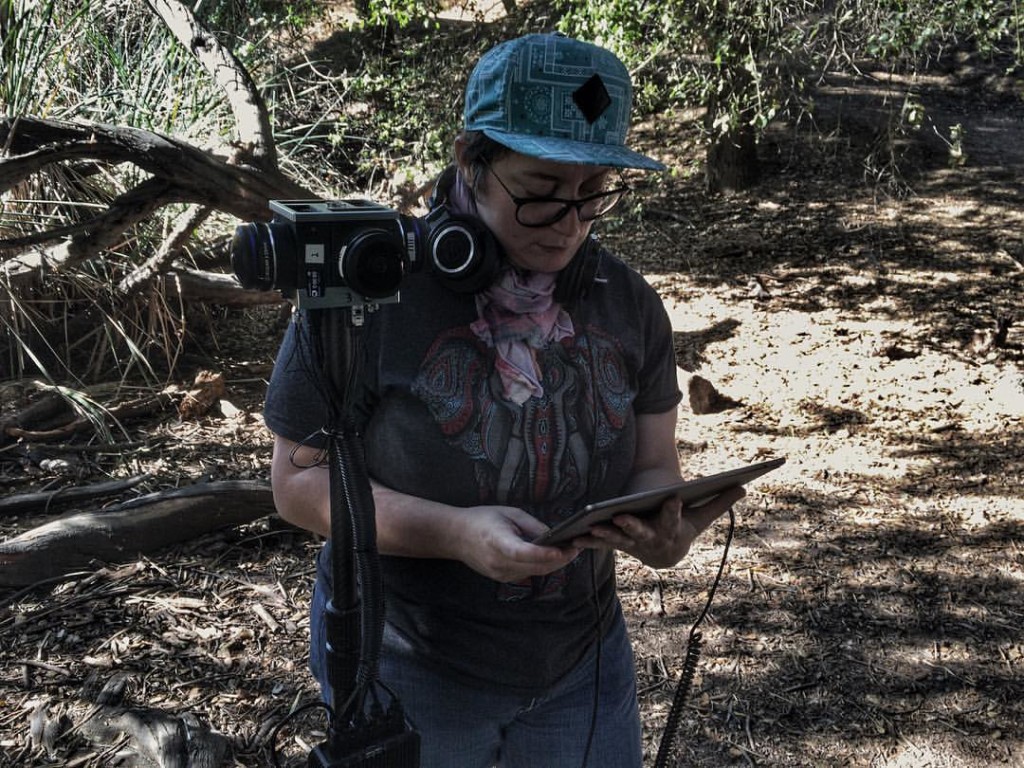As photographic artist Alice Esposito’s work evolves, she is focusing on evocative portraiture and scene. Noting that connection has always been an important element of her photography, she says that she rarely photographs her subjects without having a conversation with them first.
“I want to understand the person I’m about to photograph, their mannerisms, their posture, their passion, their happiness and their sadness,” she says.
As has been the case for many of us, the pandemic changed many of the ways in which she connected to people. “Being immune compromised, I had to isolate myself for almost two years, and my photography paid the price for this lack of connection. Once I was able to pick up my camera again, I noticed that my photographic process changed with me… I decided to dig dipper into my fears and the sense of solitude, nostalgia and belonging, and the result were darker images.”
Esposito also decided to simplify her photographic techinque, now utilizing only a single light and less equipment, creating work that was more about ambience and mood.
“When you understand the soul, the essence of a person, it becomes easy to capture their attitude and presence with the camera, and the absence of light instead of the abundance gave me the perfect set up to do so,” she relates.
The artist is currently working on two different projects, one a research documentary concerning religious rituals and the other focusing on reflections.
Travel and experiencing a variety of cultures are both intrinsic parts of her research documentary projects. “I am only going to bring my Rolleiflex film camera with me. I intend to minimize my equipment as much as possible and try to remain anonymous. This camera gives me the perfect tool do to so.”
She eschews a current photographic approach that utilizes big cameras, lenses, and flashes, as well as social media hype.
“Shooting with the Rolleiflex forces me to look down as if I’m bowing or praying and therefore paying my respect to the people in front of me,” she says, something that should work well for her in regard to her religious subject. “People will always be the center of my work, but I’m trying to remain in the shadows and let the photograph speak for itself.”
Her second project, Reflections, will be realized in part through creating a small, dark, and private portrait studio. “The idea is always for me to disappear and let the subject feel relaxed enough to engage with atmosphere and create their comfort zone, instead of me trying to to do it as in the past. I give the person in front of me full freedom of expression, no forced pose, just the freedom to act.”
Esposito is simplifying her work overall, with one camera, one light, and one set up. Her goal is to let her subjects dictate and play in the studio or whatever location she and they choose. “They will be the actors and I’ll be the audience following their process, observing and experience their journey, and how they connect to the environment surrounding them.” She says she is looking forward to seeing how this new approach will change her photography and her world view.
She attests that she wants her photography to be “polite and respectful, not abraisive or forceful. I want to be a silent observer, and let the world show me the beauty of it instead of forcing my view on others.”
While acknowledging her presence will always be a part of the images she creates she wants to “feel surprised and be there to catch the moment.” Her artistic expression is focused on meeting and working with others who have experienced a journey similar to her own and reaching beyond her own comfort zones to use different media in new locations. She attests that she is not “trying to force myself to have ideas or create specific projects. I’m letting my emotion and my passions dictate the next step.”
Esposito herself, above
This is a new approach for Esposito. According to the artist, “Usually I need to be able to control every aspect of my work. I’m always extremely organized in every aspect of my work in every detail. Now, I’m trying to let it go and be more spontaneous and let others and the world surprise me.”
- Genie Davis; images provided by the artist
















